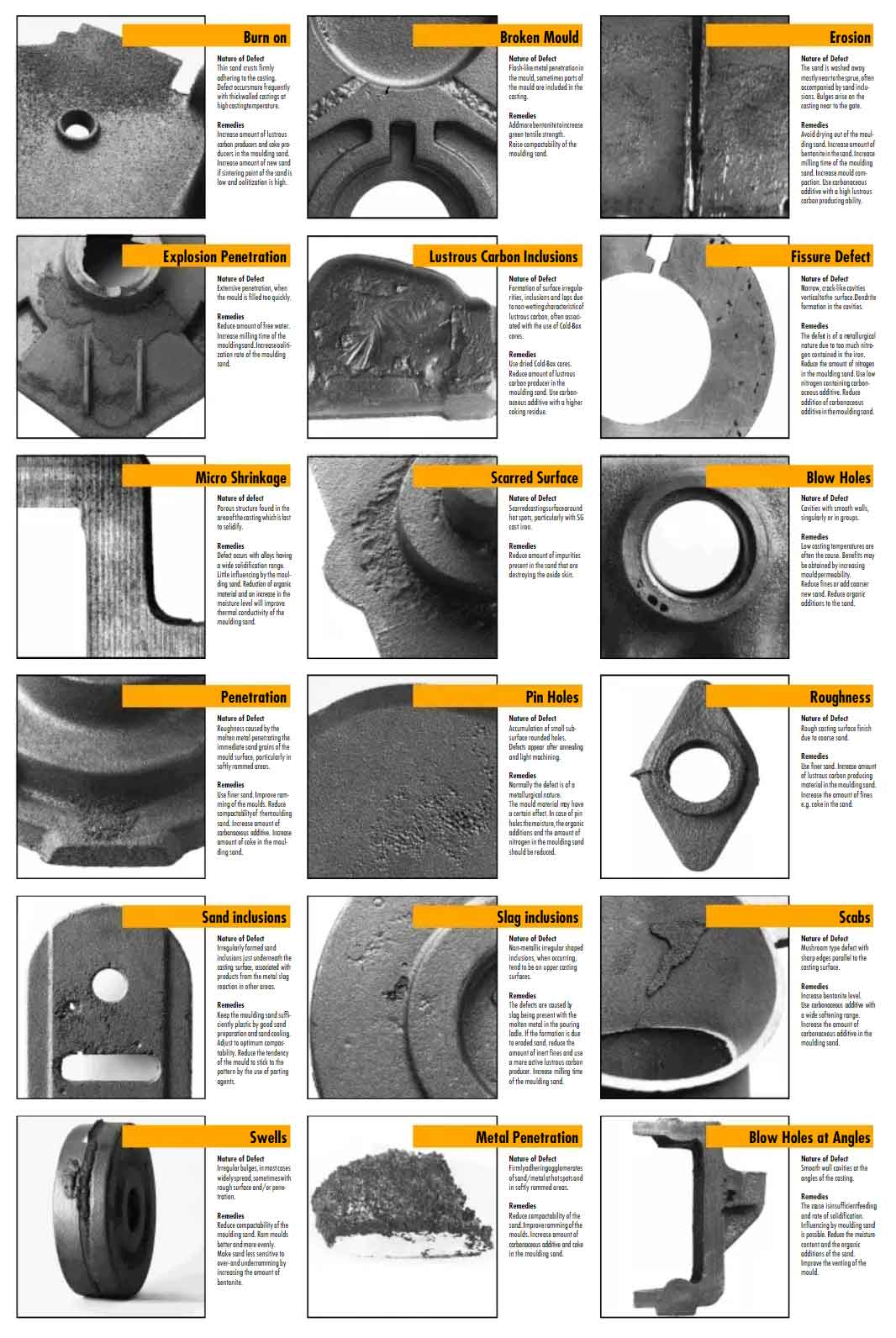China has emerged as a major casting manufacturing hub, playing a pivotal role in the global casting industry. Let’s explore some key factors that have contributed to China’s position:

- Manufacturing Capacity and Scale:
- Vast Production Facilities: China boasts a vast number of casting foundries, ranging from small-scale operations to large industrial complexes. This extensive manufacturing capacity allows for the production of a wide range of castings in diverse sizes and materials.
- Mass Production Capabilities: China’s casting industry excels in mass production, meeting the high demand for castings in various sectors such as automotive, machinery, construction, and infrastructure development.
- Cost Advantage: China’s competitive advantage lies in its lower labor and production costs compared to many other countries, making it an attractive destination for casting manufacturing.
- Technological Advancements:
- Adoption of Advanced Technologies: Chinese foundries have embraced advanced casting technologies, including high-pressure die casting, investment casting, and rapid prototyping. This enables the production of complex and high-precision castings.
- Automation and Robotics: China has been at the forefront of implementing automation and robotics in casting processes, enhancing productivity, precision, and efficiency.
- Research and Development: China invests in research and development activities, collaborating with academic institutions and industry partners to drive innovation and improve casting technologies.
- Supply Chain Integration:
- Raw Material Availability: China has abundant access to raw materials required for casting production, such as iron, steel, aluminum, and other alloys. This availability ensures a stable supply chain for the casting industry.
- Integration with Downstream Processes: Chinese casting manufacturers often integrate their operations with downstream processes like machining, surface treatment, and assembly. This integration provides customers with comprehensive solutions and reduces lead times and costs.
- Global Market Presence:
- Export-Oriented Approach: Chinese casting manufacturers have actively pursued international markets, exporting castings to various countries worldwide. They have established strong relationships with global customers and become key suppliers in global supply chains.
- Diverse Industry Coverage: China’s casting industry serves a wide range of industries, including automotive, aerospace, machinery, energy, construction, and more. This diverse industry coverage contributes to its global market presence.
- Government Support and Policies:
- Policy Initiatives: The Chinese government has implemented policies and initiatives to support the development of the casting industry, including investments in infrastructure, research and development, and export promotion.
- Incentives and Subsidies: Government incentives and subsidies are provided to promote technological advancements, equipment upgrades, and sustainable practices in the casting industry.
China’s role as a casting manufacturing hub has significantly influenced the global casting landscape. The country’s vast manufacturing capacity, technological advancements, cost advantages, and supply chain integration have made it a preferred choice for casting production. However, it is important to note that China faces competition from other countries in terms of quality, innovation, and specialization. The global casting industry continues to evolve, with different regions playing important roles in meeting the demands of various industries worldwide.
